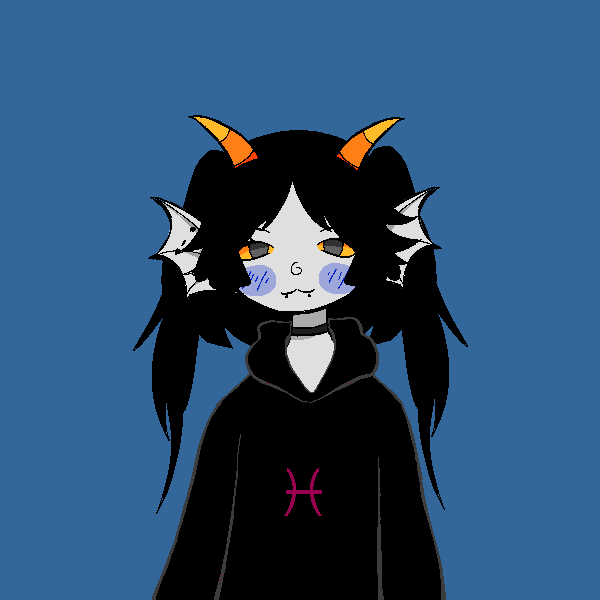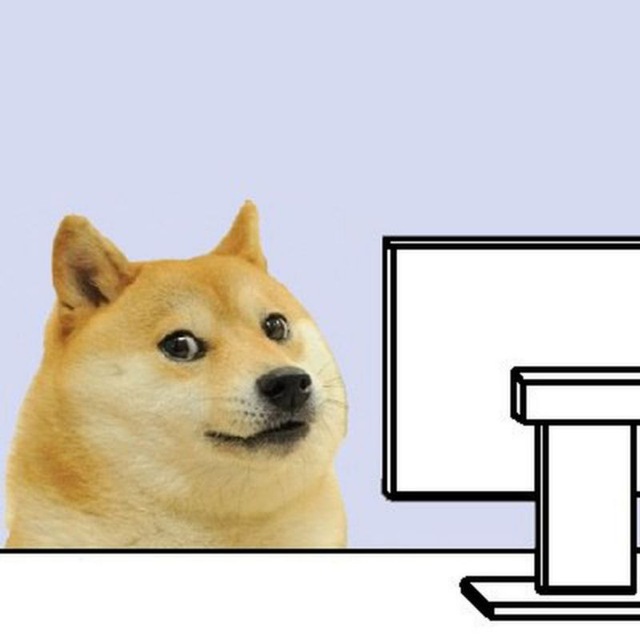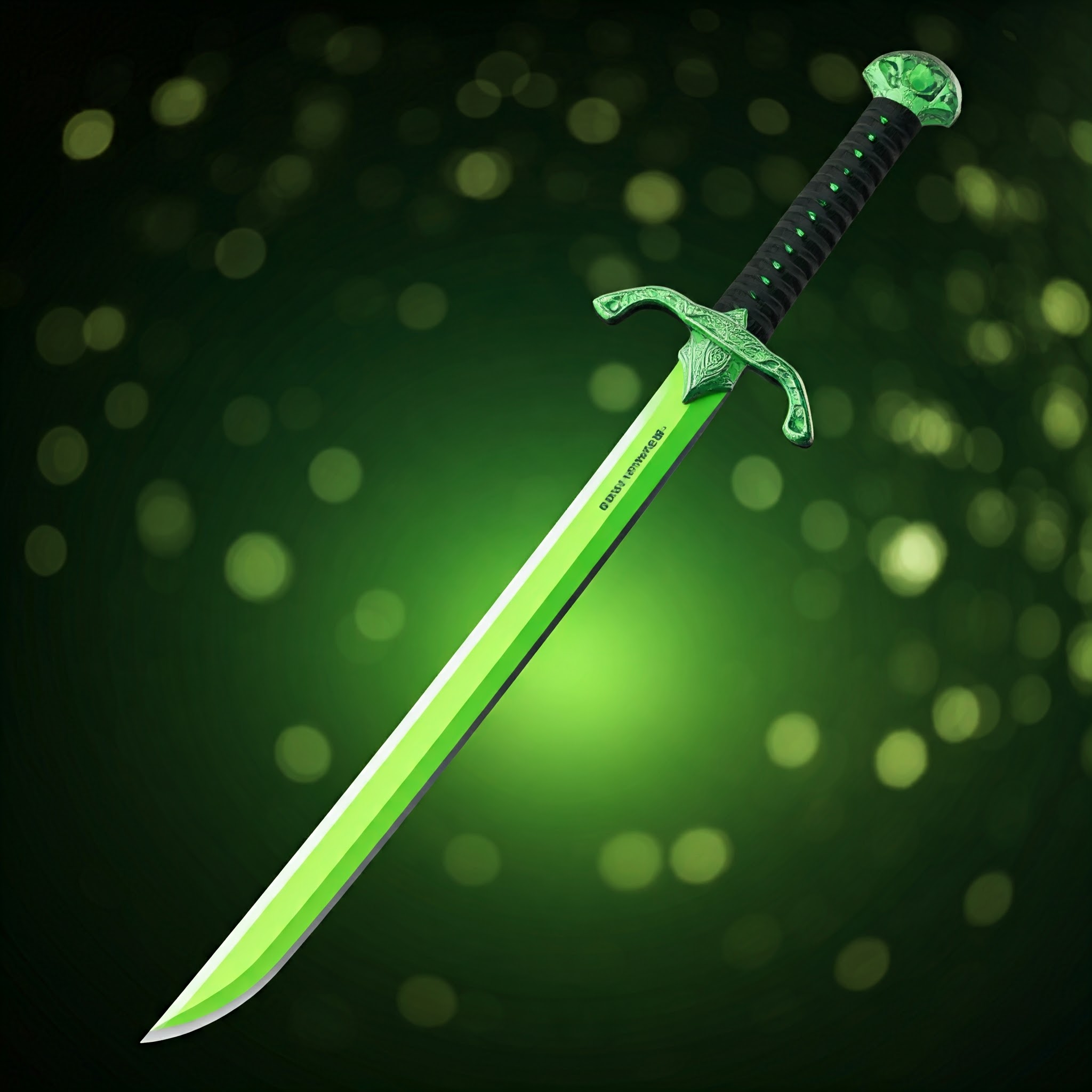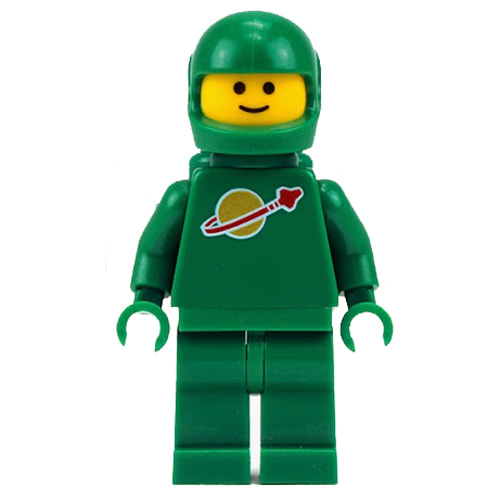So I switched to a pixel 7 from an iphone 10 xs a few months back, and I’ve absolutely loved it in comparison to the locked down nature of an iphone. So I think to look up material you on YouTube for fun, and decide to read the comments and found that people hated it. Quick googling led to me to find two reddit threads and an article talking about how much they hated it. Personally, I don’t understand the hate, as you can simply choose to have the color be a dullish blue manually.
Idk, it might just be that I haven’t been using android long to care about the fact that material you is being forced.
-
It’s bland and boring. Why would you ever want all the apps on your phone to be the same color? I understand some amount of consistent theming and styling so you know what things are buttons, where to find certain settings, etc. But Material You pushes them all to use the same exact color theme. This makes it harder to distinguish between Messages, Chat, and every other messaging app that takes on the the Material You coloring. They’re all text, in the same font and color, on blobs that are the same color, with buttons that are all the same icon sets… Can I figure it out? Sure. But it all blends together. It’s bland. And soulless. It’s in a way “commoditizing” design and making everything samey. This is especially drastic after Material Pre-You was extremely heavy on color. Go look at all the old Material design stuff. Everything is vibrantly showing brand colors.
-
It’s dull. Holo was really dull. Material brought bright and saturated colors. Material You pushes back faded, low saturation, mushy, dull colors. Everything feels “dead”, especially in contrast.
-
Everything is the same squishy shapes. Android has a long history of things like app icons having distinct shapes and emphasis on outlines and sillouhettes. This is shoving back even harder on “everythijg is a circle or a squircle”
-
Pixel has absolutely butchered features and customization options in order to make way for… Pick a color?
-
Everything is fat and chunky. Buttons and margins are obscenely large. It feels childish. Material was sleek and efficient. You seems to take space for sake of taking space. It’s wasteful and dysfunctional. More stuff in the notification shade (like brightness) was pushed behind another swipe because they just don’t have space with all the quick settings having gobbled more space despite showing fewer shortcuts. This is just one example, but these things are everywhere.
-
Google does not take authoritarian control over app design of every app in their store. As such, devs take more time to update their apps. And so many apps just don’t bother for a while. This means every change comes at the cost of fragmentation. And Material You is explicitly pushing for further unification. So it’s inception is actively hurting its purpose. Case in point, skim through Googles own apps - they’re in varying states of migrated, so Googles own first party apps aren’t even consistent.
I understand this design could be appealing on paper, especially if you look at it in a vacuum. Objectively, it’s a pretty good design language. But Android’s previous design language was measurably better. It was objectively more efficient. So the people who have been using it blatantly are shown all the shortcomings. If you buy a new device with it, there’s no context and it seems decent. If you upgrade, tons of the things you use just disappear . Instantly. Which shows its problems much faster.
Google has literally walked backwards here. In many ways. And it’s half done, has problems, is bland, and blatantly less exciting and efficient than the thing it’s replacing.
Number 5 captures my reason for not liking the look
Point 1 is 100% one consistent behavior across mobile platforms the last decade and change that has really been annoying.
I remember when BBOS went to “every icon is chrome” as an example of similar past mistakes.
No longer could one go, “I want Internet, click on blue/green circle.” “I want messaging, click on blurple-dotted-weird-shape.” It’s much faster to identify an application by distinct colors and shapes than wasting brain cycles to read text on the screen through a monochromatic monoshaped boring UI.
The tech industry’s desperate attempts to constantly “innovate” and get people to interact with their apps to drive false interaction metrics by pointlessly changing things seems to always lead down this path of mediocrity.
I couldn’t agree more. Except maybe bits of the time line - it was barely beginning a decade ago - I’d say the past like 7 years have been bad though.
I really hate the move away from this. I don’t give a flying fuck whether the icons mismatch - I want to be able to find them quickly and that’s objectively harder when they’re all the same shape. Brains process shape/silhouette extremely quickly and subconsciously and its much easier to find “weird envelope with an M poking out” and “crinkled up map” than it is “dot on the GREEN squircle”.
I’ve been using custom launchers forever anyway, and I just use icon packs of the old style, but as that style gets older, it becomes harder and harder to match every app icon.
You don’t have to have all the icons the same colour. Unless your launcher doesn’t let you choose the icon pack to use.
I use Nova Launcher so I’m able to use material you with any icon pack of my choosing.
I never said anything about app icon color. But that is another kind of silly problem that it even exists. But being able to circumvent the problem by replacing the system doesn’t mean the system is fine. It’s just making the first party solution worse and worse.
Thanks for the response! I didn’t really have a reference for all it’s faults until now.
Always found it ironic how much the customization update removed customization.
Google just can’t stop fucking up their previously functional shit.
deleted by creator
That’s a lot of effort you’re putting in to hating something. You could’ve been sane and just ignored that comment and moved on. Instead… God knows how many minutes sunk into that pointless reply
deleted by creator
wooosh.jpg
-
I personally like Material You. What I don’t like is how Google apparently took away a bunch of the Pixel customization features (like icon shapes, fonts, etc) in favor of just material you
LTE/wifi combo button can die.
I like it
I agree with this
I love it. I just wish we were allowed to manually pick the 3 colours.
I think it’s great. One of the best things that have come to Android in a while. Everytime you change the wallpaper all your apps and OS look new!
It’s at the point where if the app doesn’t have material you I won’t install it.
I have some modded apps to apply material you lmao
Who is “we”? I love it.
I love it. So much.
Eh? We don’t hate Material You.
I personally can’t stand ultra minimalists UIs anymore. I want to go back to iOS6 or Windows Aero like designs.
As a mostly oled black person, I don’t like material you aesthetic because of how not minimalistic it is. Different tastes I suppose
Because it takes all the worst of material and amplifies it. It’s bland, and without any benefit from that blandness. Material at least popped a little, and was good at looking acceptable on almost any app or screen. Material you just looks half finished everywhere
Removed by mod
Because it’s awful. Minimalism that hides info, while making things harder to see/parse.
You can’t have information dense and minimalist at the same time.
I love it. All of my apps are all the same theme and it’s wonderful. But I wish I could manually set each colour. Even if it’s a setting in dev options.
Flat is bad, actually.
Windows XP, original iPhone, Winamp3 candy-style buttons were more discoverable, more distinct at a glance, and more usable. Even when they were completely stupid Cruelty Squad geegaws like any non-square Winamp3 skin. (Zoomers: you missed out on the dumbest sci-fi bullshit interfaces.)
Windows 95 had better design language. Every window element had clear hierarchy. They had relief shading and instant on-click visual responsiveness in eight megabytes of RAM.
What everyone’s going back to is some Windows 3.1 nonsense, or Mac OS right before they fired Steve Jobs. Flat squircles with literal black-and-white contrast or none at all. Clickability sort of vaguely implied. Toggles failing to indicate which side is “off” - which are new, but stupid.
Even ugly Flash games gave things gradients.
Older Gen Z (98-2003) I believe would remember the terrible UX sci-fi themes, at least I do.
Yeah a lot of older things had more depth to them, but I still feel like frutiger aero and other retro design languages simply wouldn’t work today across all the different screen sizes that exist.
Why.
Mostly variable screen size and resolution.
Google created a system called DP (not DPI, or PPI), or density-independent pixels.
To keep it very short: The gist is that bigger resolution on the same screen size just allows better clarity, but doesn’t change the size of elements in relation to the physical world. So a button would have the same real-world size on a 720p device or a 1080p one (assuming the screen size is the same), which is desired because with phones, the screen is the thing you use to control the device. App devs use DPs as the target, not a resolution itself, the system can handle how things are actually displayed.
This is fine for an interface that uses color as the way to differentiate elements, but it gets really weird when you use something less flat. Like, imagine you are using gradient and shadows to separate UI elements from each other, but you want it to have the same real world size, like Android. On some devices, the actual pixel size of the gradient can be too small to actually render properly so it looks blocky, or the pixel size is too large, and it looks weirdly over smooth.
Gradients can also scale.
Everything can scale.
The aesthetic we’re talking about was for 17" screens at 1024x768. Your phone will look fine.
Gradients can scale, but if you are trying to use a big fancy gradient effect and the actual pixel size is, like, 1 pixel, then you lose all those effects and it looks weird. You can kinda see something similar with Apps icons losing visible detail and looking weird if they are too detailed.
IIRC Android actually has the minimum width/height of 360 DP, which is basically 360 pixels (or it was 320?)
Oh wow, so a one-DP drop shadow scaled to 4K would be six whole pixels.
This is ridiculous. No kidding fewer pixels means less detail. That makes a screen full of identical flat shapes worse.
The aforementioned original iPhone was 480x320. The big dumb candy icons looked fine.
Oh wow, so a one-DP drop shadow scaled to 4K would be six whole pixels.
If, and only if, the screen size was the same. And even then it would be 10 pixels.
Windows 3.x was a thousand times better than MY, and it had to work with very limited, well, everything.
Windows 1.x was pretty bad, but for the same reasons.
Does everyone, now? Personally, I love it. I use Niagara and Smart launcher 6. The recent update of the niagara launcher made it even more consistent with icons. I love how the colors match on most of my apps.
The neat thing about Android is you have a choice. If you don’t like the launcher your phone came with, there are plenty of alternatives that you can use for free from the app store.
I recommend trying alternatives and seeing whether you like any of the others better. If you don’t, you can go back.
Yes but there are also many parts of the System that can’t be touched. The lockscreen, settings app, quicksettings area, task switcher,… are all things you have to use whatever the OEM forces you to use.
Not to mention that launchers these days work jankier than ever.
I believe that today’s Google sees launchers as a misstake they made years ago and they now have to live with, rather than a concept that should be expanded to other parts of the OS.
I can see why Google doesn’t allow swapping out specific “core” apps such as settings. Giving a foreign app access to your system settings sounds ripe for abuse, which is why a lot of permissions are focused on changing them.











